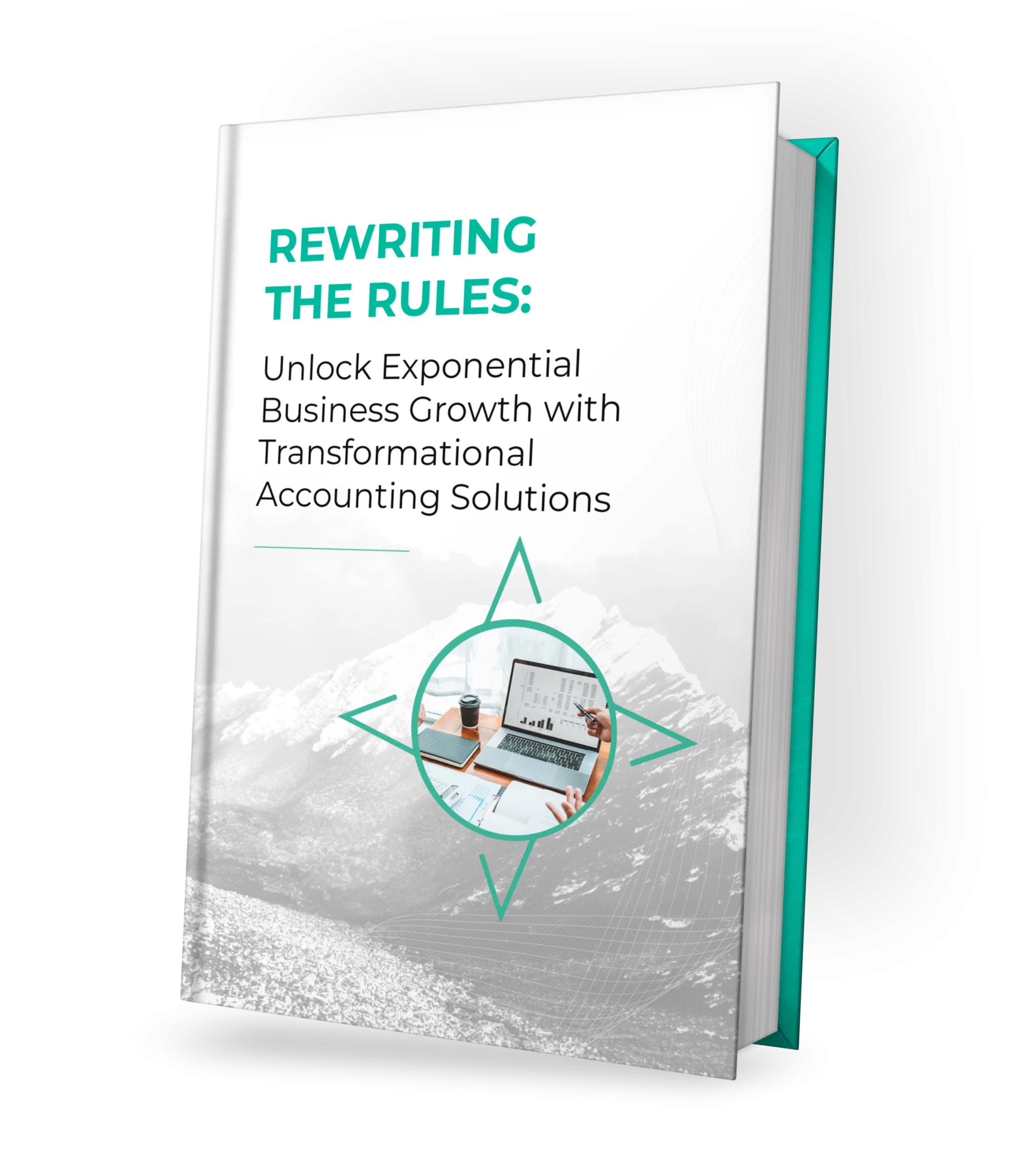Business planning is an important aspect of running a successful organization. It serves as a roadmap, guiding decision-making and resource allocation. In uncertain economic conditions, businesses with detailed plans are significantly more likely to experience growth, or limit downside, compared to those without them. In this blog we will explore the benefits of planning along with steps to implement effective business planning strategies.
Table of Contents
- Scenario Planning
- Financial Forecasting
- Cost Optimization
- Market Analysis
- Risk Management
- Implementing Business Planning Strategies
Scenario Planning
Scenario planning involves creating different potential future scenarios based on varying economic conditions. This approach allows organizations to anticipate challenges and develop strategies tailored to each potential outcome.
- Identify Key Variables: Determine the economic factors that could impact your business, such as market demand, supply chain stability, and regulatory changes.
- Create Scenarios: Develop optimistic, pessimistic, and most likely scenarios based on these variables. This helps visualize potential outcomes.
- Develop Contingency Plans: For each scenario, outline specific actions your business can take to mitigate risks or capitalize on opportunities.
- Review Regularly: Update your scenarios regularly to reflect changing conditions and new information.
By engaging in scenario planning, businesses can remain agile and responsive to changes in the economic landscape. This approach not only prepares organizations for potential challenges but also positions them to seize opportunities as they arise.
Financial Forecasting
Accurate financial forecasting is an important business planning strategy. By projecting cash flow, revenue, and expenses under different scenarios, businesses can identify potential financial gaps early on.
- Analyze Historical Data: Review past financial performance to identify trends that can inform future projections.
- Build Assumptions from Zero: Build a ground up model by defining targets (Revenue, Profits, Etc.) and then defining the inputs (employees, software, R&D, etc) needed to achieve those goals.
- Utilize Forecasting Tools: Implement software solutions that can help create more accurate financial forecasts based on real-time data.
- Monitor Performance: Regularly compare actual performance against forecasts to identify variances and adjust strategies as needed.
A financial forecasting process allows businesses to make informed decisions regarding investments and expenditures while ensuring they maintain adequate cash flow during uncertain times.
Cost Optimization
In times of economic uncertainty, reviewing and optimizing costs becomes can be a helpful strategy. Businesses should regularly assess their expenses to identify areas where savings can be achieved without compromising quality or service delivery.
- Conduct Expense Audits: Regularly review all expenses to identify areas where costs can be reduced without sacrificing quality.
- Negotiate Contracts: Engage suppliers and service providers in discussions to renegotiate terms that could lead to cost savings.
- Implement Technology Solutions: Leverage automation tools to streamline operations and reduce labor costs.
- Create a Budget: Establish a detailed budget that prioritizes essential expenditures while identifying discretionary spending that can be minimized.
Cost optimization strategies not only help maintain profitability but also provide a buffer against unexpected financial challenges during tough economic times.
Market Analysis
A thorough market analysis enables businesses to adapt their strategies based on consumer behavior and competitive dynamics. Understanding market trends and customer needs is vital for any business strategy.
- Conduct Surveys: Gather feedback from customers to understand their needs and preferences better.
- Analyze Competitors: Study competitors’ offerings and strategies to identify gaps in the market that your company can fill.
- Stay Informed on Trends: Follow industry news and reports to stay on top of changes that could impact your business environment.
- Create Customer Personas: Develop detailed profiles of your target customers to tailor marketing efforts effectively.
Analyzing your market will help your businesses stay relevant and competitive by responding effectively to shifts in consumer demand and industry trends.
Risk Management
A risk management strategy can be helpful to identify potential vulnerabilities within an organization. By assessing risks across various dimensions—operational, financial, or reputational—businesses can prepare more effectively for uncertainties.
- Identify Potential Risks: Conduct a risk assessment to pinpoint vulnerabilities in operations, finance, and compliance.
- Create Mitigation Strategies: Develop action plans for each identified risk, outlining steps to minimize their impact on the business.
- Diversify Revenue Streams: Explore new markets or product lines to reduce dependency on any single source of income.
- Buy Insurance: Ensure adequate insurance coverage is in place to protect against unforeseen events or losses.
A proactive approach to risk management helps businesses safeguard against potential threats while ensuring they are prepared for unexpected challenges that may arise.
Implementing Business Planning Strategies
The success of business planning strategies hinges on proper implementation. Building an effective strategy is only part of the equation; execution is equally important. Here are some steps for successful implementation:
- Create an Action Plan: Outline specific steps needed to implement each strategy, assigning responsibilities and deadlines.
- Set Clear Objectives: Define measurable goals that align with your overall strategy for tracking progress effectively.
- Communicate the Plan: Ensure all team members understand their roles in executing the plan through regular meetings and updates.
- Elicit Feedback: Gather input from employees about the plan’s effectiveness and areas for improvement as it is executed.
- Track Progress: Stay on top of the plan and adapt where necessary to achieve your goals.
A structured implementation process helps make sure business planning strategies are effectively executed while allowing for adjustments based on real-time feedback and changing circumstances.
Conclusion
Navigating economic uncertainty requires thoughtful business planning strategies tailored to the unique circumstances faced by each organization. By incorporating scenario planning, financial forecasting, cost optimization, market analysis, and risk management into their strategic framework, SMBs can better position themselves for both challenges and opportunities ahead.
While the current economic environment may seem daunting at times, proactive planning can empower businesses to adapt and thrive in changing conditions. By staying informed and flexible, SMBs can not only weather storms but also emerge stronger on the other side.
As you evaluate your own business planning strategies, remember that this process is ongoing—regularly revisiting your plans will ensure they remain relevant as circumstances evolve. If you need help implementing effective business planning strategies for your business, contact us.

